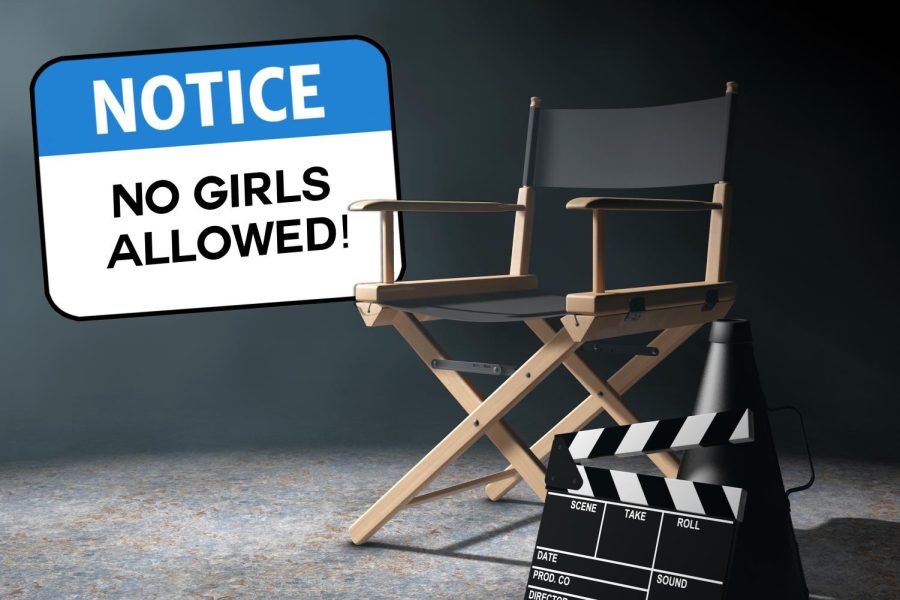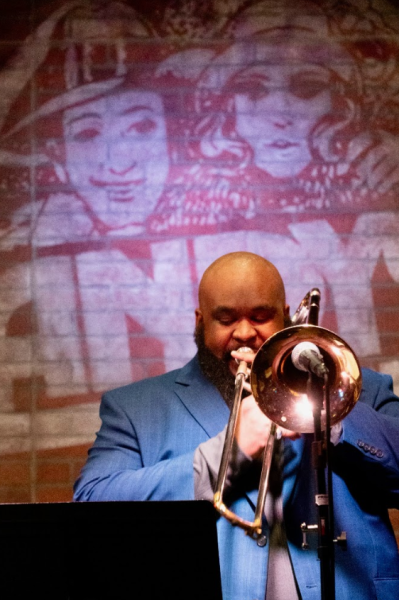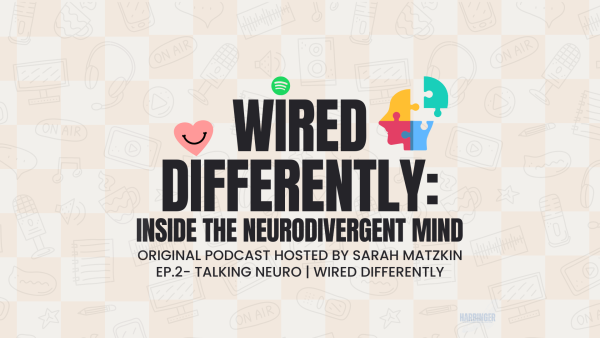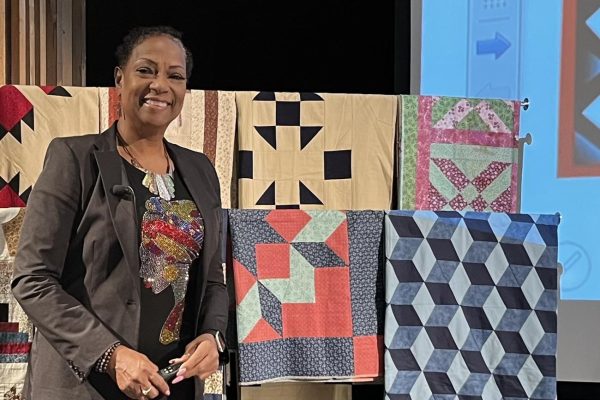Females in film: Women can be stars on screen, but what about behind the scenes?
At the 2023 Oscars, history was made on live television. Michelle Yeoh (Everything, Everywhere, All at Once) became the first Asian woman to ever win Best Actress. Ke Huy Quan, her co-star, is only the second actor of Asian descent to win Best Supporting Actor, and the first Vietnam-born actor to ever win an Academy Award. While these are amazing accomplishments, there is a certain absurdity about the situation when you consider that it’s 2023, and a total of 3,140 Oscars have been awarded since the ceremony’s inception.
One of the most pined-after titles is “Best Director,” a category whose winners include the likes of James Cameron, Steven Spielberg and Martin Scorsese. These names carry a lot of prestige. However, even directors that have never won an Oscar, like Christopher Nolan or Quentin Tarantino, have become household names and can be considered “movie stars” in their own right.
Unfortunately, in 95 ceremonies, only seven women have ever been nominated for Best Director, resulting in just three wins – Kathryn Bigelow for The Hurt Locker (2009), Chloe Zhao for Nomadland (2020) and Jane Campion for The Power of the Dog (2021) – two of which have occurred in the past three years. This year, no women were nominated.
But besides those three above, if you were asked to name five female filmmakers in 30 seconds, could you even do it? Do you think an average person from off the street could do it?
The Devil’s Advocate would argue that perhaps women in Hollywood just don’t make movies as well as men. But why would that be? It’s certainly not the case that only seven women in the past 95 years have possessed the creativity and talent required to be deemed an excellent director by her peers.
Filmmaking is not, at its core, a gendered activity. It seems reasonable to believe that people of all backgrounds can be capable of creating great movies. Angelina Jolie said it best when she accepted the Jean Hersholt Humanitarian Award in 2013: “I have never understood why some people are lucky enough to be born with the chance that I had… and why across the world there’s a woman just like me… who would most likely make better films, and better speeches — only she sits in a refugee camp. She has no voice. She worries about what her children will eat, how to keep them safe and if they’ll ever be allowed to return home. I don’t know why this is my life and that’s hers.”
One Saudi-Arabian director, Haifaa al-Mansour, received hate mail and death threats for her documentary on the niqāb – an interpretation of the hijab that some Muslim women wear to cover their faces. Despite this, after 5 years of fundraising she wrote and directed her first feature film called Wadjda. In 2013, al-Mansour told The Telegraph that she had to direct street scenes from the back of a van using walkie-talkies because she couldn’t interact with men from her crew in public. Wadjda is the first feature film to ever be shot entirely in Saudi Arabia, and the only Saudi Arabian feature made by a female director.
The reality is that there are plenty of female names to choose from: we just don’t know them yet. According to NYU’s Susan Sandler, women make up almost 50% of the Tisch School of the Arts. Yet a Directors Guild of America study found that only 14 percent of a sample of 220 TV shows (3,500 episodes total) were directed by women.
According to the San Diego State University website, The Celluloid Ceiling is an organization that has tracked women’s employment in the film industry for the last 25 years – “the longest-running and most comprehensive record of women’s behind-the-scenes representation available.” The Celluloid Ceiling reported that in 2022, women comprised 18% of directors, 19% of writers, and 7% of cinematographers.
The problem isn’t a lack of qualified women: it’s that Hollywood refuses to hire them.
So, why do we refuse to acknowledge female filmmakers? Yes, Hollywood studios and producers are usually the ones deciding not to put women in the director’s chair, but we as consumers can also play a role. We must seek out female directors and provide them with our direct support. This starts in the classroom.
In one of my Harper classes this semester, we’re studying film history: the creation of the first nitrocellulose film roll, the first silent movies, the development of German expressionism and everything in between. On the first day, we received a large (digital) syllabus. The last page describes a special assignment: reviewing a feature film director. The criteria are followed by a list of directors dubbed by the professor as the “Modern Masters.” The list consists of 18 names. Of these names, ZERO are women.
There are slightly more male than female students in my class, but there’s no staggering disparity. If there were a required assignment on female directors – or even any female names in the syllabus – 20 male students would leave the course better off for it. The professor could be proud that they were doing something to support women in film (which, for the record, are a major part of film history). All it requires is a minor change in the syllabus.
Some women have managed to cut through the noise, like the aforementioned Chloe Zhao, Kathryn Bigelow and Jane Campion. Others like Greta Gerwig, Sofia Coppola and Ava DuVernay help forge the way with their unique and innovative directorial styles.
To put it simply, Hollywood was (and perhaps still is) the top boy’s club. Just like any male-dominated industry, this dynamic has made it incredibly difficult for female directors to break through.
Simone de Beauvoir wrote, “Her wings are cut, and then she is blamed for not knowing how to fly.” We must make a point of supporting female filmmakers. We need to make sure no one else’s wings are cut just because of the mainstream media’s lack of perspective.









